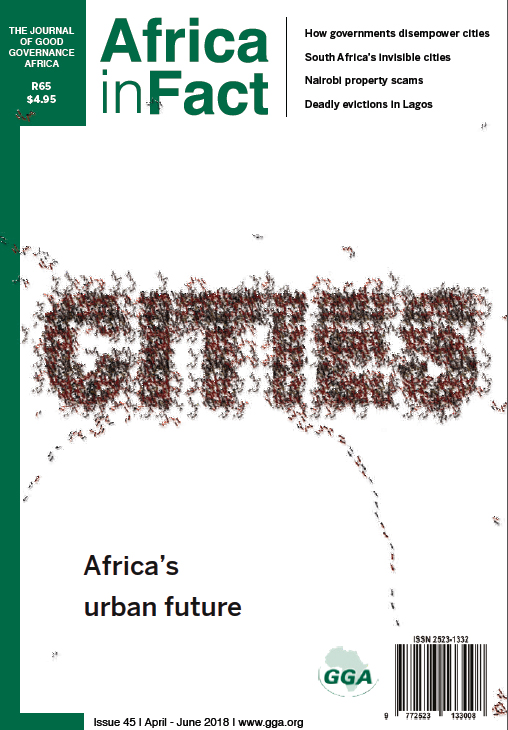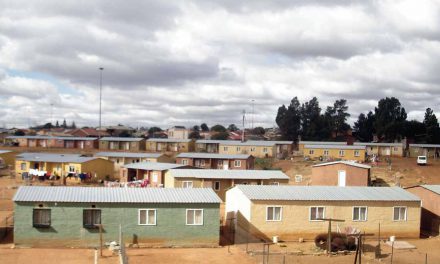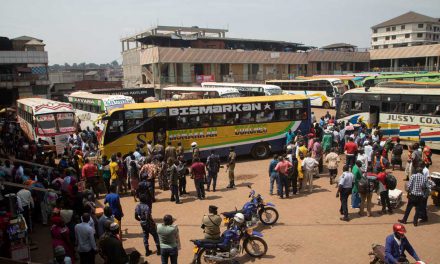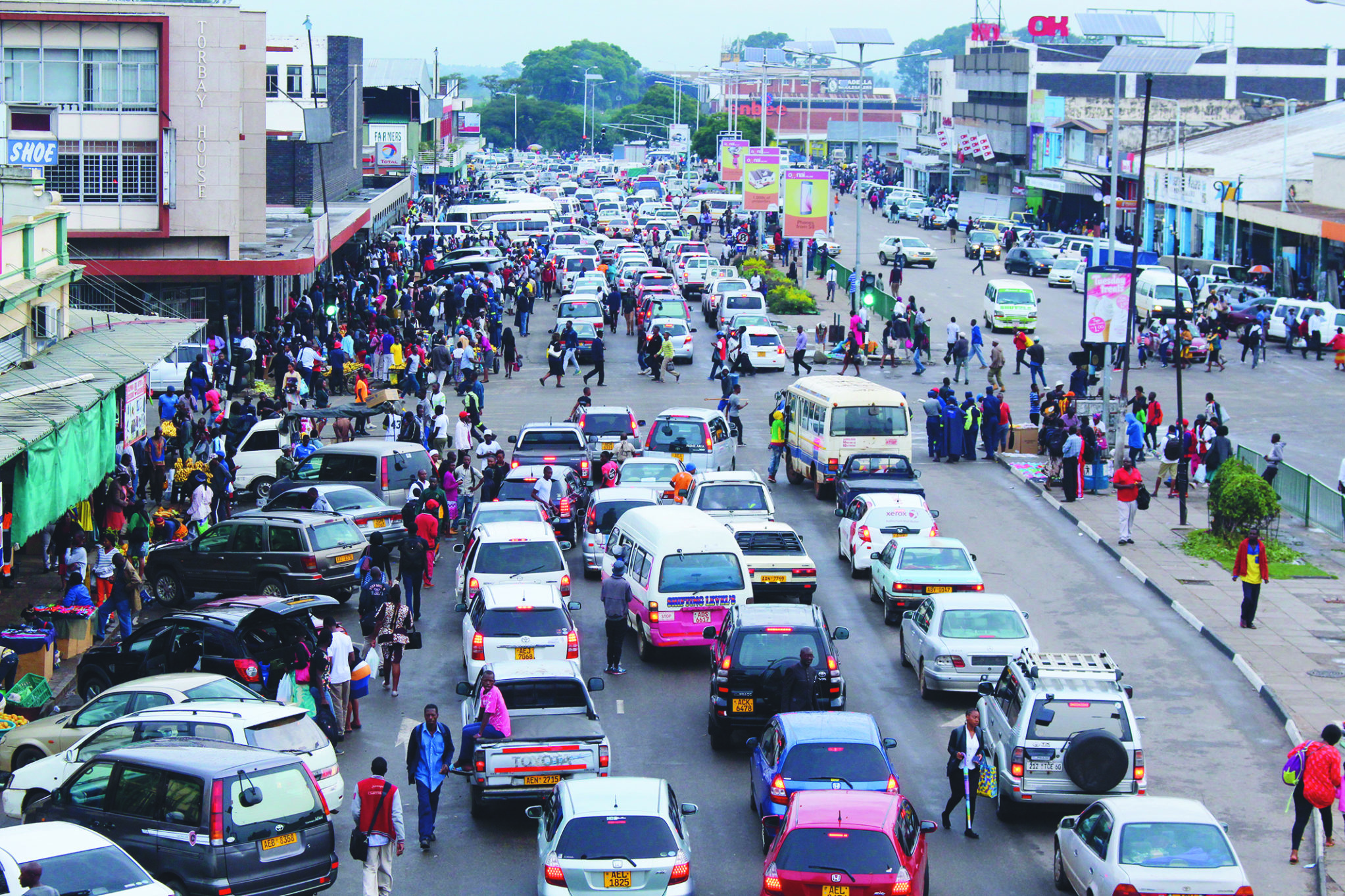
Regular readers of Africa in Fact will recall our edition on local government (April 2016), which established a new template for the journal, with more space for articles and an attractive design based on high-quality photography and useful infographics.
Following that, we instituted a process of continuous improvement that has seen the journal become a must-have source of information and argument for decision makers in government, business, civil society and academia, as well as general readers.
Fast-forward one year and, in introducing this edition, we are now much more widely available. Thanks to Michelle Venter, our acting general manager, you’ll find us on the shelves of a range of important outlets around South Africa. That’s only a first step. As a pan-African journal, we plan to reach outlets around the continent as soon as practically possible. Our aim is to provide thoughtful, evidence-based analysis and reportage around the challenges and opportunities involved in African governance. And that means expanding our footprint.
Turning to the theme of this edition, we noticed that Africa’s cities, and in particular their incredible rate of urbanisation, are attracting more attention than they did until quite recently. The underlying reason is clear enough: as the continent develops, there is a growing shift in focus from its lamentable role as a source of primary products for the developed world to its capacity to be a part of, and take advantage of, globalisation. Or, indeed, its need sometimes to defend itself against the imbalances that globalisation can also bring with it. Inevitably, this means looking more closely at the role of cities, which have, elsewhere, been the main drivers of economic dynamism.
At a recent meeting held by the Italian consulate in Johannesburg on SADC-Italian cooperation for cities and urban design, architect Andrea Zamboni discussed the concept of the parallax, “the effect whereby the position or direction of an object appears to differ when viewed from different positions”. Applied as a metaphor for Africa and for city design, this concept is of immense value. Viewed from afar, urbanism in Africa succumbs to the usual stereotypes of influx from rural areas, informal urban sprawl, lack of planning and infrastructural development, apparent chaos – organised or otherwise.
Regarded from a different angle, however, namely that of the ground, there is a highly functional and adaptive nature to the evolution of cities and megatropolises on the African continent. Before the turn of the next century, for better or worse, Lagos will boast the title of the world’s largest megacity. Such cities are seen as key drivers of economic development, suggests Dr Julia Bello Schünemann. François Conradie reminds us that in 22 years Africa’s urban population will outweigh its rural counterpart. Mindful of such telling future trends and realities, it becomes imperative to take action now to avoid the propagation of distorted perspectives and their consequences. For one, Wilson Johwa’s observation that in South Africa roughly three million hectares of land is controlled by the Zulu king, leased to communities on an annual increase basis of 10%, is perhaps telling as to his outrage over “expropriation without compensation”. As our natural-resources research programme shows, land is paramount.
Accordingly, Jean-Pierre de la Porte, writing in Domus Africa on Future African Cities, suggests that, “every African city has rushed at breakneck speed through a sequence of metamorphoses during which it had to simultaneously retrieve the past while powerfully establishing the present”. He argues that the outcome of “cities produced by heroic redesign”, is that, “they speak freely in idioms of comprehensive design, in the place of politics and ideology. They are travelling a path to unprecedented urban futures”.
As a 2011 report on the continent’s urban futures by the African Development Bank Group (AfDB) put it, “Africa’s centres of economic activity have shifted markedly from the agrarian countryside to urban areas”. Nearly half of the population now live in cities or towns, while Africa’s cities account for around 55% of the continent’s GDP, according to the report.
At the same time, Africa’s cities face considerable challenges. Urban development has been “haphazard”, which has been further constrained by “rural economic decline and poverty, civil conflict and/or outright civil war”. The AfDB identifies a number of challenges facing Africa’s urban areas – among them, increasing urban poverty as cities grow while failing to industrialise, inadequate infrastructure and weak local government. Still, cities offer economies of scale and diversified labour pools, among other advantages. For this reason, they are seen as “engines of growth and development”.
The World Bank’s 2017 report on Africa’s cities, Opening Doors to the World, meanwhile sees the same situation from a more global perspective. According to that report, African cities have remained largely local in their focus, which constrains their ability to grow economically. This situation is due to a number of factors. Firstly, Africa’s economies have hitherto been based mainly on natural resources. Secondly, in the post-colonial era African cities have become crowded but disconnected. As a result, they are more costly for both businesses and households than those in other regions, which further inhibits their ability to become more than local economic powerhouses.
The report mentions other influences, too, including outdated and poorly enforced city plans and dysfunctional property markets. The challenges in these circumstances are considerable. As the World Bank report puts it, urban forms are “path dependent” – that is, the result of long processes – and therefore difficult to modify. Without careful planning and implementation, efforts by African cities to develop their infrastructure are therefore likely to be costly and inefficient.
With this as background, our writers set out to identify some of the key problems involved in African city life and, where possible, to identify solutions. The analytical articles look at the history of African urbanisation and examine some of the factors that are inhibiting effective urban development – including the tendency of central governments to disempower lower tiers of government for narrow political purposes. The reportage, meanwhile, looks at some of the experiences of African people in dealing with their city governments, and they make for some eye-opening reading.
Gulelat Kebede suggests that, “the most fundamental condition for good urbanisation is the ability to anticipate and plan for it”. He notes that many African cities are the result of the law of unintended consequences, a duality in which economic prosperity co-exists with dire informality. Planning should benefit from an increased land value that results from urban development and related beneficiation. However, on the flipside, Daniel Psirmoi looks at politically motivated land grabs to the east (Nairobi), while Ini Ekott stares into the face of evictions across west Africa, as part of the gentrification that comes with a recognition of land value.
Professor David Everatt laments the short-termism that plagues government in the face of what is otherwise a feasible Integrated Urban Development Framework in South Africa. The scourge of weak land governance in Kinshasa (read the broader DRC) is presented by Andrew Panton, while Fisayo Soyombo considers infrastructural challenges such as roads in Lagos. Colin McClelland considers shack dwellers and infrastructural opportunities in Jo’burg, while Lucas Ledwaba looks at international migrants who thrive in this city, which is often labelled as Africa’s New York. Terence Corrigan, meanwhile, focuses on the potentially rich yield that urban argiculture could provide for those most in need, if provided with the right turn-keys. From an umbrella-governance perspective, Jamie Hitchen aptly proposes that an overall coordination structure is required for ramped up urban service delivery.
From discussions of “pirate cities” to “political banditry”, as discussed by Danielle Resnick and Barnabas Thondhlana respectively, our authors adopt a full-frontal engagement with the theme of urban governance. Last but not least, using data available in our Africa Survey, Dr Vaughan Dutton shows that life in cities represents a positive for many urban citizens, ranging from better access to water and enhanced nutrition, with greater connectivity and ICT use; on the flipside, a lack of employment opportunities, especially for youth, remains problematic, and may diminish overall family well-being.
Africa’s economies are beginning to diversify, our polities are gaining in democratic sophistication, and our citizens in many walks of life are demanding better government. It is increasingly likely that our continent will see its day in the sun, perhaps not immediately, but in the foreseeable future. That will be up to the insights, energy and dynamism of Africans themselves. And in that sense, helping to identify the challenges facing African cities – which will, after all, be the drivers of the continent’s economic and cultural life – is already to take an important step toward that future. Form follows function, so the design maxim goes, and as our journal illustrates, fact-based knowledge helps us to avoid the error of parallax.












